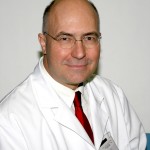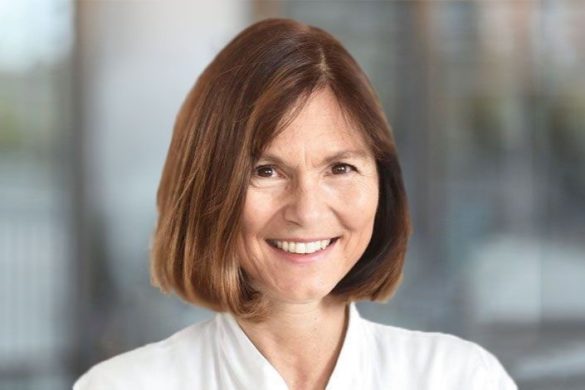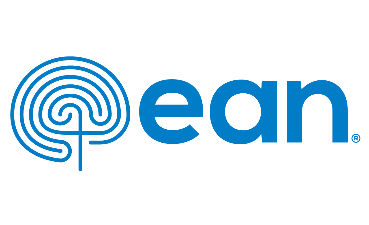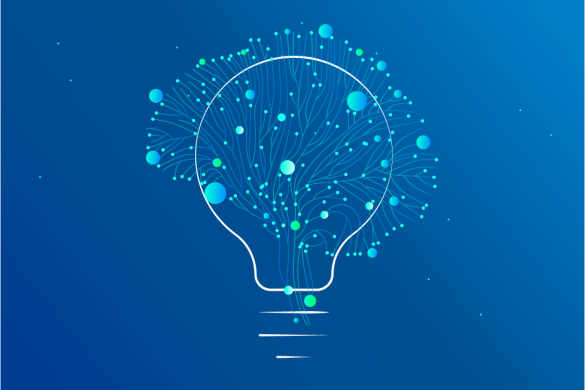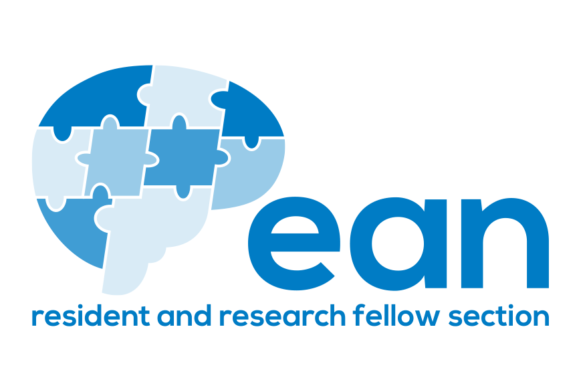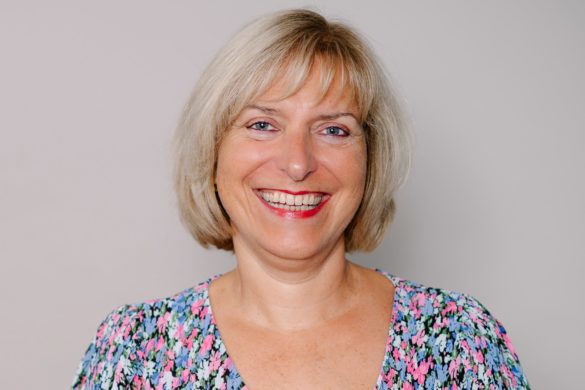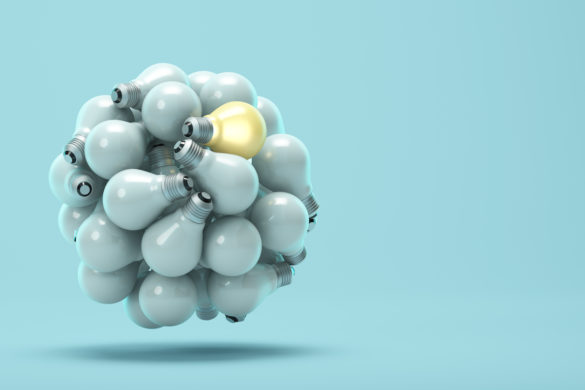by David B. Vodušek
The European Academy of Neurology (EAN) held its 1st Congress in Berlin, Germany, from 20 to 23 June. The EAN was set up last year following a merger between the European Federation of Neurological Societies (EFNS) and the European Neurological Society (ENS). The new society unifying all European neurologists is well placed to make major contributions to neurological health care in Europe. This includes playing a coordinating role in education and training in neurology, in neurological practice, and in defining uniform diagnostic and therapeutic standards for patient care in Europe. The EAN also has enormous potential for promoting scientific research in neurology as well as the neurosciences in general; it is becoming more and more obvious that neurological diseases have major public health relevance. More than 220 million people in Europe (1) suffer from some form of neurological disease – a ticking time bomb for health care systems due to the sheer numbers involved. The incidence of many conditions such as Alzheimer’s and stroke will further increase in an aging society. This scale and impact of neurological disease in Europe is underestimated and often overlooked, an important health care policy message that came out of the 1st Congress of the European Academy of Neurology where 6,400 experts from all over the world gathered in the German capital city.
Scientific presentations at the congress covered the whole spectrum of neurology. There were several topical highlights; some recent trends and news in the fields of stroke, multiple sclerosis and epilepsy are presented.
Neurosurgery in epilepsy: a strong case for crossboarder cooperation
The future of patient care in Europe will increasingly call for cross-border cooperation, in particular when it comes to specialised interventions. Our clinic, for example, has been working with the University Hospital Erlangen for more than a decade in the field of epilepsy neurosurgery. A long-term follow-up study (2) we presented in Berlin shows how effective such cooperative approaches are.
Under the cross-border cooperation with the Epilepsy Centre at the University Hospital in Erlangen, more than 50 Slovenian epilepsy patients underwent surgery in Germany between 2001 and 2012. The majority of patients – 89% – felt that the surgical treatment largely fulfilled their expectations. The success rates confirm the validity of the cross-border approach: 61% of those Slowenian patients treated in Erlangen presented complete freedom from seizures, while a further 28% were free of disabling seizures.
As it is EAN’s foremost task to improve neurological patient care in Europe, it might consider developing an ‘exchange bourse’ of high quality service providers of specific evidence based treatments relying on special expertise and equipment, in non-profit academic centres, and tertiary medical centers in small countries seeking collaboration for particular patient populations, mirroring the very successful EAN Department to Department program facilitating exchange of young neurologists.
Stroke therapy: increased treatment options pose new demands on health care of neurological patients
Among the most important developments in acute stroke therapy that were discussed at the EAN Congress in Berlin was the increasing scientific evidence regarding thrombectomy. Recently published study results not only document the high efficacy and safety of the procedure, but for the first time, they also show its superiority to standard thrombolysis therapy in specific patient groups. Thrombectomy makes sense particularly in large thrombi which cannot be dissolved, or can only be partly dissolved with pharmacological therapy, and which occlude large brain supplying blood vessels. The challenge will be to apply the procedure specifically in those patients who can profit from it und to provide the organisational structures and workflows necessary for this complex type of treatment, as Prof Franz Fazekas (Austria) pointed out in Berlin.
The relevant European medical and scientific associations (3) are therefore preparing a joint recommendation on thrombectomy, which is intended to ensure that this innovative procedure will be utilised with the greatest possible benefit for patients. Discussions so far indicate that thrombolysis remains the main treatment for acute ischaemic strokes. In occlusions of large brain vessels, however, it should be complemented by thrombectomy. If intravenous thrombolysis is contraindicated, thrombectomy undoubtedly represents the first line treatment option in large vessel occlusions. Old age alone should not be a reason to withhold this procedure from patients. If the brain has already suffered significant previous damage, however, or in the case of large infarcts and severe damage of other organs, its use may not lead to the desired results.
Regarding technologies, efficacy data is available mainly for stent retrievers. The use of other systems depends on the respective situation and requires case-by-case assessment. The time factor is important for the outcome. Thrombectomy should be performed within a maximum of three to six hours. However, the earlier the intervention is performed, the better the treatment results.
Multidisciplinary cooperation in acute stroke therapy is a key factor for success. The decision to undertake thrombectomy should always be made by a team which includes at least a clinical and an interventional stroke specialist. In most European countries, the team is coordinated by a neurologist who is responsible for differantial diagnosis and other therapeutic steps. Aside from multidisciplinarity, specialisation is also an important factor. Thrombectomy should only be performed at specialised stroke centres. In this regard, experts call upon health policy makers to ensure comprehensive coverage with such centres so that stroke patients have timely access to thrombectomy when needed.
Despite the latest developments in the field of mechanical thrombectomy, intravenous thrombolysis (IVT) still remains a central instrument in acute stroke treatment. A Portuguese study presented at the EAN Congress (4) shows that therapeutic limits are being pushed in various directions. The results suggest that individual patients may benefit from intravenous thrombolysis even when relative contraindications such as cancer, dementia or a recent myocardial infarction exist.
Intravenous thrombolysis has meanwhile become established throughout Europe – successfully, as shown by a French-Serbian study presented at the EAN Congress (5). The outcome of IVT was investigated in around 250 stroke patients with atrial fibrillation in Lille and Belgrade. Despite the differing socio-economic prerequisites, the procedure is bringing about comparably good treatment results in both countries and centres. Patients from Belgrade were ten years younger, more likely to be male and more often smokers. It is good news that treatment quality shows comparable parameters in very different countries – a concern which we at the EAN pursue across all sectors.
Trends in MS research: New antigen-specific treatment approaches
The EAN Congress also provided an opportunity for the multiple sclerosis community to interchange research interests. We were witnessing a number of very good quality sessions and presentations which reflect the amazing evolution in MS research and therapy. Among the important developments in our dynamic field are the constant expansion of therapeutic options, focus on the potential of individually tailored therapies and new approaches towards antigen-specific immunisation, as was also underlined by the President of the European Committee for Therapy and Research in MS (ECTRIMS), Prof Xavier Montalban (Barcelona).
We do not yet have very convincing evidence in MS that would prove a dominant immune response to a specific antigen or group of antigens. However, a more specific antigen-driven disease such as neuromyelitis looks like quite a promising model for this concept of therapy. The presentation of data from the ETIMS trial at the EAN Congress was a subject of interest. In brief, coupling autologous blood cells chemically with seven myelin peptides to induce antigen-specific tolerance was tested in an open-label, single-centre, phase-I trial. The feasibility, tolerability and safety of this novel therapeutic approach were established. (6) A multicentre proof-of-concept phase-IIa trial is in preparation.
Another approach in this field might be the use of patches to administer specific myelin peptides in order to influence immune response in MS patients. A very impressive trial conducted by a research group form Lodz, Poland (7) shows the immunoregulatory potential of transdermal immunisation with myelin peptides in MS patients. In a double-blind phase-1 trial in 30 patients with RRMS a significant reduction in MRI and clinically measured disease activity was observed, opening a new window for different ways of drug administration, again based on the concept of immune tolerance.
A high-dose vitamin and a substance so far used for its antiepileptic properties might both have potential as novel treatments in MS, as shown by two trials presented at the Berlin Congress. One study using biotin in progressive MS and another using phenytoin in optic neuritis both show signs of having neuroprotective effects that warrant further studies (8).
Neurostimulation in epilepsy: New techniques, new promises
Despite the advent of new pharmacological treatments and the high success rate of many surgical treatments for epilepsy, a substantial number of patients do not become seizure-free or experience major adverse events. This fact is an important motivation to investigate and develop novel therapeutic approaches. Neurostimulation-based treatments have already been gaining considerable interest for some time, among the recent developments under investigation in this field are various less or non-invasive neurostimulation methods, deep brain stimulation techniques and closed-loop neurostimulation modalities, as was reported by Prof Paul Boon (Ghent) at the EAN Congress in Berlin (9).
Non-invasive techniques such as transcranial magnetic stimulation (TMS), repetitive transcranial magnetic stimulation (rTMS) or transcranial direct current stimulation (tDCS) are not routinely available in epilepsy centres. Deep brain stimulation (DBS) which requires the insertion of stimulation electrodes into intracerebral targets such as the anterior nucleus of the thalamus has recently become available in the EU.
Vagus nerve stimulation (VNS) is an alternative treatment for patients with medically refractory epilepsy who are unsuitable candidates for conventional epilepsy surgery, or who have had such surgery without optimal outcome. It is already routinely available in epilepsy centers around the world. Through an implanted device and electrode, electrical pulses are administered to the afferent fibers of the left vagus nerve in the neck.
Long-term VNS studies show responder rates between 40 and 60 percent and long-term seizure freedom in five to ten percent of patients. Surgical complications and peri-operative morbidity are low. Research into the mechanism of action of VNS has revealed a crucial role for the thalamus and cortical areas that are important in the epileptogenic process. A VNS-based modality responsive to ictal tachycardia occurring early after seizure onset has been investigated in the EU and shows a high potential to reliably detect seizures and to provide responsive stimulation.
Several epilepsy centres around the world have initiated studies with DBS in different intracerebral structures. DBS has been shown to be efficacious in small pilot studies of patients with medically refractory epilepsy. The SANTE trial of bilateral DBS in the anterior nucleus of the thalamus for example has demostrated efficacy and safety of this technology with increasing responder rates up to 40 to 60 percent after longer follow-up up to five years. Reported long-term side effects include depression and memory deficits, which require further study.
The application of DBS in temporal lobe epilepsy patients with electrodes bilaterally implanted in the amygdalo-hippocampal region has also yielded to a significant decrease of seizure counts and interictal EEG abnormalities during long-term follow-up, without leading to clinically significant cognitive side effects. The data available from smaller studies suggests good outcome, but results from pivotal trials are still missing.
A US-based multi-center trial of responsive neurostimulation (Neuropace) has reported feasibility, safety and a significant decrease of seizure counts in treated patients versus controls, comparable with the other trials. Long-term follow-up suggests that responsive cortical and deep brain stimulation truly has added value. Electrical stimulation of white matter tracts is currently under investigation.
(1) Calculation includes EU-27 plus Switzerland, Norway and Iceland; Olesen et al, The economic cost of brain disorders in Europe. European Journal of Neurology 2012, 19: 155-16;
(2) Source: EAN Abstract Vodusek et al, Benefits of European cooperation in clinical neuroscience: Outcome of epilepsy surgery in a cohort of Slovenian patients treated in collaboration between Ljubljana and Erlangen, Germany
(3) European Stroke Organisation, ESO; European Society of Minimally Invasive Neurological Therapy, ESMINT; European Society of Neuroradiology, ESNR; European Academy of Neurology
(4) EAN Abstract Alves et al, Intravenous Thrombolysis in “grey areas”
(5) EAN Abstract Padjen et al, Effect of intravenous thrombolysis on stroke patients with atrial fibrillation treated in Lille (France) and Belgrade (Serbia)
(6) EAN Abstract Martin, Antigen-specific Tolerance in MS with Myelin Peptide Coupled Cells
(7) EAN Abstract Selmaj, MS Treatment with myelin skin patches
(8) EAN Abstracts Raftopoulos et al, Neuroprotection with phenytoin in acute optic neuritis: Results of a phase II randomised controlled trial; Tourbah et al, Effect of MD 1003 (high doses of biotin) in progressive multiple sclerosis: results of a pivotal phase III randomized double blind placebo controlled study
(9) EAN Abstract Boon, Neurostimulation in epilepsy.
Professor David B. Vodušek is Medical Director of the Division of Neurology at the University Medical Center, Ljubljana, and Professor of Neurology at the Medical Faculty, Ljubljana, Slovenia. He is Chair of the EAN Liaison Committee.

